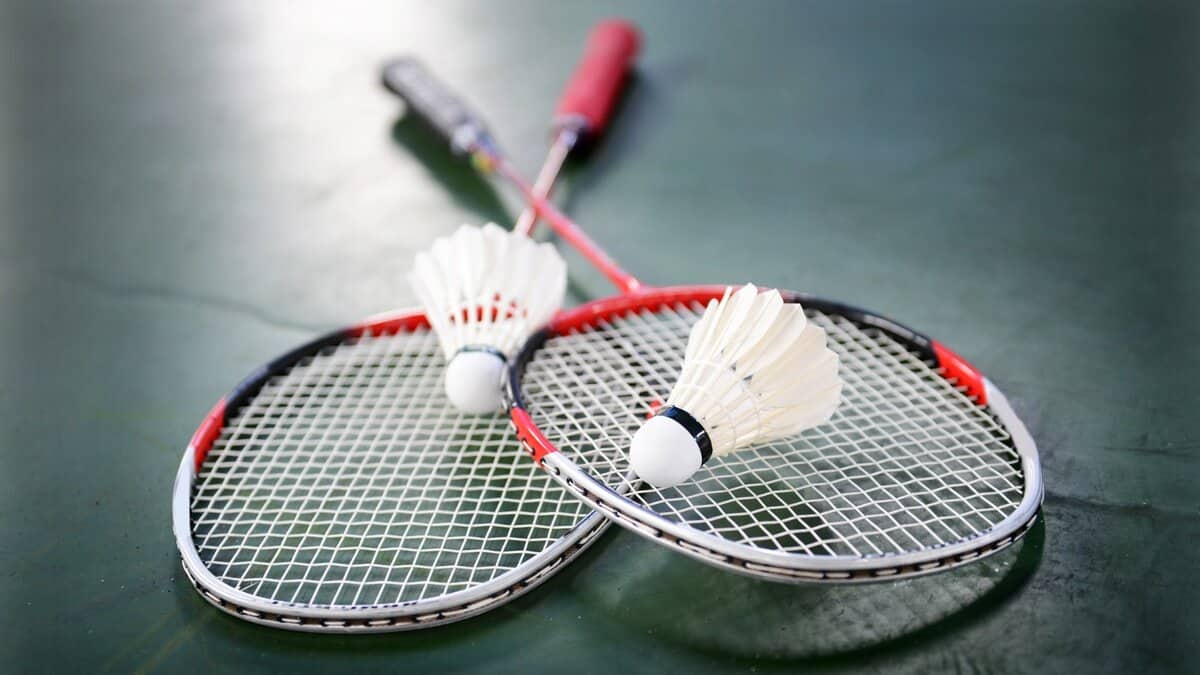
The recently conducted Indonesian badminton tournament ended on a disastrous note for India. This prestigious event, which carries total prize money of 1.45 million USD, is a part of the BWF World Tour and all the world’s top shuttlers take part in it. India’s performance in the last event was disappointing.
All the Indian players including the big names such as P.V. Sindhu, Lakshya Sen, and the doubles pair of Satwiksairaj and Chirag Shetty, were unable to make any impact. Eventually, the men’s singles title was won by Anders Antonsen of Denmark who is currently the World No.2 and the women’s title was lifted by An Se-Young who is the World No1 in the women’s singles right now.
Ever since Saina Nehwal won a bronze medal in the Olympic Games in 2012, India was seen as an upcoming powerhouse in the sport. India’s stature was confirmed by Sindhu when she won medals in the 2016 and 2020 Olympics. But that golden period seems to be fading away. Replacements for Saina and Sindhu have not been unearthed and the dreams that had galvanized sports lovers in India are dying.
What are the causes for India’s decline? To get an answer to this question, this correspondent spoke to Syed Mohammed Arif, the senior most and widely respected personality in Indian badminton. Arif is a Dronacharya and Padma Shri award winner and has served the game as Chief National Coach. He is the person who brought up players like Saina Nehwal, Gutta Jwala and even P. Gopichand.
This is what he told Siasat.com: “India has no shortage of talent. In terms of skills they are second to none. If you watch the Indian players in action, you can easily see that they are as good as their topmost opponents. Even if you consider the Indonesians (who are badminton’s traditional superpower), Malaysians, Chinese or Japanese, you will find that in skills, Indians do not lack in anything.”
The main weakness
“However, when it comes to consistency and stamina, Indian players crumble under pressure. This is our main weakness and this is what we have to address first and foremost. These days, badminton demands very high levels of fitness. Endurance coupled with speed has to be built up to a much higher standard than the level that we have now.”
“When I was a coach, I used to insist that the players develop greater speed and play consistently at a fast speed. That is what the Indonesians and Chinese can do now. We must match them. In this game the whole body is involved. Moving across the court, reaching the shuttle after a powerful smash and the ability to jump high are vital if one wants to conquer any opponent.”
The solutions
“To acquire these qualities, a few things are necessary. Explosive strength has to be developed, particularly in the legs. Exercise should be done with the objective of strengthening the legs and allowing the players to jump higher or move faster.
But above all, I must stress one fact and that is recovery. It is very important to allow time to recover after a hard series of matches. Playing in one tournament can wear out the mind as well as the body and the players must be given sufficient time to rest and recuperate”
Need for a break
“Both mentally and physically, the players must be given a break. But we see that on many occasions the same players keep playing in one tournament after another. They are not being given time to recover. That is sure to burn out the player and shorten his or her playing career,” said Arif.
It is important to heed the words of Arif Sahab because of his experience of about 50 years in the game. But it is not only the players who have to work hard. The coaches who train the children from the grassroots level have to evolve too. In all sports, tactics and strategy keep changing frequently. According to Arif a good coach must stay abreast of the latest developments in every corner of the world. He must know all about the new ideas, new training methods and new strategies that are being implemented in different corners of the world.
S.M. Arif ended the chat on an optimistic note. He says that what we are seeing in Indian badminton is not a long-lasting decay. It is a temporary setback. With a little finetuning of the system of spotting and training talent, India can once again reach the level that it had achieved a decade ago.


